Honduras-introduction to the flavor and taste of Santa Mata Manor, the COE Champion Manor in 2006
For professional baristas, please follow the coffee workshop (Wechat official account cafe_style)
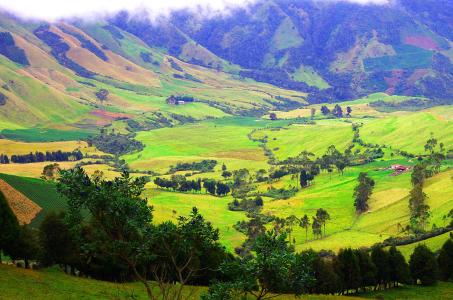
Honduras-2006 COE champion Manor Santa Mata Manor (Finca Santa Marta)
Honduras has always been among the top few in the boutique coffee market, but Honduras has the advantages of natural environment, such as excellent soil quality, altitude and climatic conditions. Nearby Guatemala, El Salvador and Nicaragua also have advanced coffee production. What Honduras lacks is infrastructure and its reputation in the consumer market is not good enough. Honduras is better known for its commercial beans rather than boutique beans. No matter how good the quality is, there is no way to sell them at a good price. Many beans from Koban and Santa Barbara are mixed into Guatemala beans by fish eyes. Moreover, they are sold at the price of Guatemala beans, and they have not been aware of their own potential for high-quality coffee beans for a long time. The main problem is that coffee cherries are only slightly processed. It is sold to the processing plant when it is still wet, which often causes coffee cherries to become moldy and damaged before they are officially dried until the moisture content is only 12%. Such cherries become defective beans after drying. Since there is no relative price return for good quality, coffee farmers, processors and exporters have no incentive or incentive to increase costs to develop the potential for coffee cultivation, so that the end of Honduran coffee beans has become recognized as a mild mixed bean. rather than beans from a single origin or unique farm, this is a vicious circle.
But now it's different, with the help of USAID and Fintrac and several cooperatives like La Central, they try their best to promote and educate Macro bean farmers to produce good coffee, and then properly handle it to maximize the flavor of the final coffee. In addition, the Fair Trade Association (Fair Trade) funded the construction of processing equipment and increased the expertise of coffee farmers to gradually bring Honduran coffee out of the trough. It has become a burgeoning Central American coffee in the past year or two.
Honduras, like other producing countries, is so diverse that I can't cover it all in one way. The largest producing area is Santa Barbara Santa Barbara, and there are other producing areas such as Copan Koban, Ocotepeque Ocotepec, Lempira Lompilla, La Paz Baz, and El Paraiso Periso in the south, which are planted at elevations of 1500 to 2000 meters. Mainly grow extremely high sea beans (SHG) generally speaking, the Honduran coffee we have recently tested has low acidity, high sweetness and obvious caramel flavor, which is an excellent choice for espresso beans.
The Finca Santa Marta Santa Mata Manor in the Ocotepeque Ocotepec region is the winner of the 2006 COE Coffee Competition and the top coffee farm in Honduras.
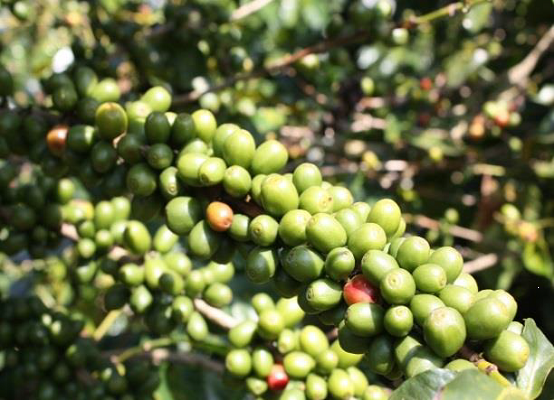
Property Characteristics: farm characteristics
Farm name: Finca Santa Marta Santa Mata
City City: Tegucigalpita, Yoro
Region producing area: Ocotepeque Ocotepec
Country countries: Honduras Honduras
Altitude altitude: 1250-1480 m
Farm Size farm size: 59 Hectares 59 ha
Coffee growing area Coffee planting area: 3-5 Hectares ha
Annual Precipitation annual rainfall: 1300 haomi mm
Soil soil: Clay loam, sandy loam clay, sandy soil
Annual Production annual output: 400 bags of green coffee beans 400 bags of raw beans
Certification Certification: organic Organic
Shade Trees shade tree species: Guama, Liquidambar, Oak, Cedar, Guajiniquel and Musaceas melon horse, maple tree, oak, cedar, plantain
Water Source Water Source: natural Water Source of Natural Water Sources from the Santa Marta Farm Farm
Coffee Characteristics: coffee characteristics
Variety variety: Catuai Kaduai
Processing System treatment: Washed washing drying on the sun table
Flowering period flowering period: September-October September to October
Harvest period harvest time: Handpicked from January through March is harvested manually from January to March.
Appearance appearance: 18 eyes
Awards won the award: 2006 Cup of Excellence, 1st place (2006 COE champion)
Top Jury Descriptions comment: the baking degree (Cinnamon) measured by the cup at the beginning of 60 seconds of explosion.
Aroma aroma / flavor flavor: peanut, nut, almond, licorice, hazelnut, jasmine, carambola, kumquat, honey, sugar cane, brown sugar, maltose, frankincense
Acidity: very fresh, clean, low acidity, citrus, berries, mint, low complexity, smooth sour taste
Complex complexity and other other: good balance, medium-long finish, smooth oil ester taste, the finish is very sweet, soft and silky without impurities.
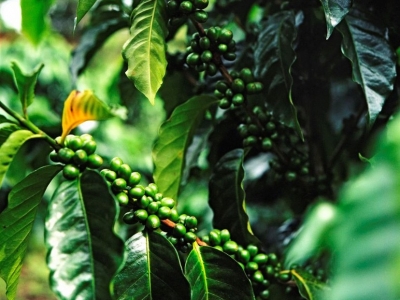
Cup test date: 2011.03.05
Dry aroma: 9
Wet aroma: 8
Clean: 9
Brightness: 9
Taste: 7
Balance: 9
Complexity: 7
Sweetness: 9
Acid quality: 7
Yu Yun: 8
Cup test score: 82
Overall comment: Finca Santa Marta Santa Marta Manor in Honduras has been working with foreign coffee buyers since it won the first place in the coffee contest in 2006. Coffee beans can maintain excellent quality, like the lively peanut aroma of coffee after grinding, and the tea feel of jasmine tea after coffee is cold. Mild, crisp and delicious is a good manor in Honduras with few shortcomings.
Important Notice :
前街咖啡 FrontStreet Coffee has moved to new addredd:
FrontStreet Coffee Address: 315,Donghua East Road,GuangZhou
Tel:020 38364473
- Prev
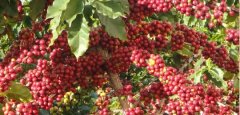
El Salvador National Treasure Coffee Tree species Carmen Manor Pacamara Pacamara Tree species
Professional barista exchanges please follow the coffee workshop (Wechat official account cafe_style) El Salvador-Finca El Carmen Carmen Manor Pacamara Pacamara tree species El Salvador is the smallest country in Central America and the most densely populated country, most of the main crops in the region are coffee beans, but do not forget its existence because of its mini, in El Salvador
- Next
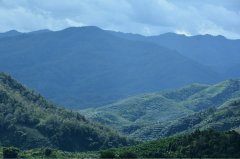
Panama Sun Bean-Emporium Estate Empolian Manor Cup data Flavor description
For the exchange of professional baristas, please follow the coffee workshop (Wechat official account cafe_style) Panamanian sun beans-Emporium Estate Empolian Manor Coffee history has underestimated or even ignored Panamanian coffee for a long time, this view until the annual international cup test competition "Panamanian Best Coffee" Best of Panama and Panamanian Emerald Village held in recent years.
Related
- Does Rose Summer choose Blue, Green or Red? Detailed explanation of Rose Summer Coffee plots and Classification in Panamanian Jade Manor
- What is the difference between the origin, producing area, processing plant, cooperative and manor of coffee beans?
- How fine does the espresso powder fit? how to grind the espresso?
- Sca coffee roasting degree color card coffee roasting degree 8 roasting color values what do you mean?
- The practice of lattes: how to make lattes at home
- Introduction to Indonesian Fine Coffee beans-- Java Coffee producing area of Indonesian Arabica Coffee
- How much will the flavor of light and medium roasted rose summer be expressed? What baking level is rose summer suitable for?
- Introduction to the characteristics of washing, sun-drying or wet-planing coffee commonly used in Mantenin, Indonesia
- Price characteristics of Arabica Coffee Bean Starbucks introduction to Manning Coffee Bean Taste producing area Variety Manor
- What is the authentic Yega flavor? What are the flavor characteristics of the really excellent Yejasuffi coffee beans?

